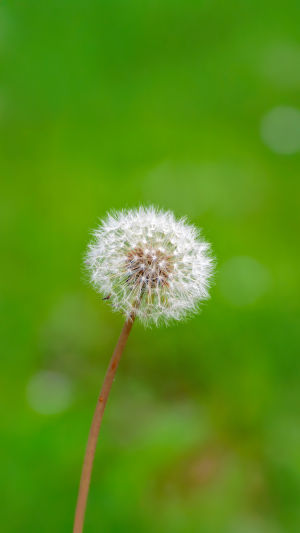Ever spotted a bright yellow flower blooming by the roadside or on grassy slopes? That’s likely the charming dandelion—often overlooked, yet full of surprises.
In this article, we’ll explore everything from its unique name to its fascinating shape, and even how it travels on the wind like a tiny explorer. Let’s get to know this everyday wonder together!
<h3>Where Dandelions Come From</h3>
The dandelion, officially called Taraxacum, is part of the daisy family. We usually find them in temperate and subtropical areas, thriving from city parks to quiet mountain trails. Its name in English, “dandelion,” actually comes from the French “dent de lion,” meaning “lion’s tooth,” a fun reference to its jagged leaf edges.
The scientific name Taraxacum has Persian roots—“tarashqun”—showing how far back people have noticed this plant. Dandelions have a strong connection with good wishes too. The flower’s symbolic meaning is “I pray for your happiness from afar.”
<h3>What Makes Dandelions Unique?</h3>
Dandelions are perennial herbs, standing about 10 to 25 centimeters tall. Their roots grow deep, often brown on the outside, and they release a white, milky sap when cut. The leaves grow in a rosette pattern and resemble narrow spears with toothed edges—hence the “lion’s tooth” name.
Its flower stems are leafless and often grow to the same height or shorter than the leaves. Each stem holds a single flower head about 3.5 cm wide. The flowers are bright yellow and made of tiny, petal-like florets. Interestingly, these flowers are both male and female, which helps them reproduce efficiently.
<h3>The Life Cycle of a Dandelion</h3>
We usually see dandelions bloom twice a year—once from April to May, and again from August to September. When blooming, they produce a sunny yellow flower. As the flower matures, it transforms into a white, fluffy ball of seeds.
Here’s where it gets magical. Each seed is attached to a soft, parachute-like structure made from modified flower parts. When the wind blows, these seeds float away like tiny umbrellas, landing wherever they can grow into a new plant. This clever design ensures dandelions spread far and wide.
<h3>Watch Out for Look-Alikes!</h3>
Did you know dandelions have a twin? In English-speaking regions, there's a plant called cat's ear (Hypochaeris), often nicknamed the “false dandelion.” While they may look similar at a glance, we can tell them apart easily:
- Real dandelions have smooth, hollow, unbranched stems.
- False dandelions have rougher leaves, solid stems, and tiny green bracts (leaf-like parts).
So next time you're out and about, take a closer look!
<h3>Why So Many Kinds?</h3>
Dandelions are unique in the plant world because many of them reproduce asexually. This means one plant can create many identical “clones,” leading to a huge variety of micro-species. Back in the 1970s, scientists couldn't agree—some counted only 60 main species, while others claimed there were over 2,000 micro-types!
Today, we recognize around 2,800 different kinds of dandelions across 60 groups. Some can still reproduce the traditional way (with seeds from two parents), but most rely on cloning. This makes dandelion classification one of the most complex in the plant world.
<h3>A Common Plant With Uncommon Wonders</h3>
So, next time we walk past a patch of dandelions, let's take a second look. These tiny yellow blooms aren't just weeds—they're full of natural wisdom, clever design, and historical charm. From their wind-borne seeds to their deep-rooted strength, dandelions teach us that being common doesn't mean being ordinary.
Lykkers, have you ever made a wish on a dandelion? Or maybe spotted one growing in a surprising place? Let’s keep the conversation going—share your dandelion memories with us. Together, we can find joy in the smallest things around us.
Dandelion: The Plant That Conquered The World
Video by Animalogic





